Breaking the Chains is excited to announce a Patreon-exclusive series, “She Who Struggles,” a biographical series that tells the story of women who led the way in many fronts of struggle for liberation.
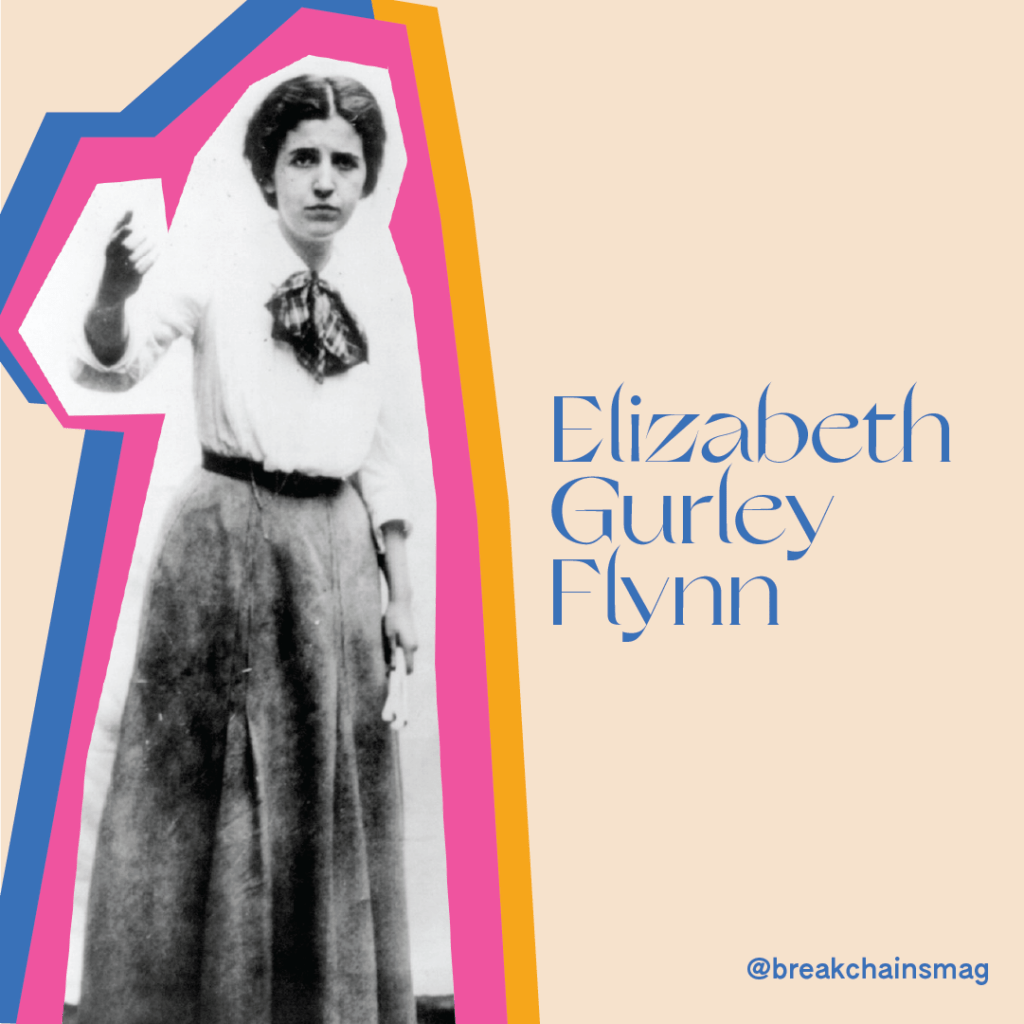
Unlocked Content
Elizabeth Gurley Flynn’s fierce commitment to working class struggle stemmed from a love of her country and its people. In her own words: “ I fell in love with my country – its rivers, prairies, forests, mountains, cities and people. No one can take my love of country away from me! I felt then, as I do now, it’s a rich, fertile, beautiful land, capable of satisfying all the needs of its people. It could be a paradise on earth if it belonged to the people, not to a small owning class.”
Access Full Biography
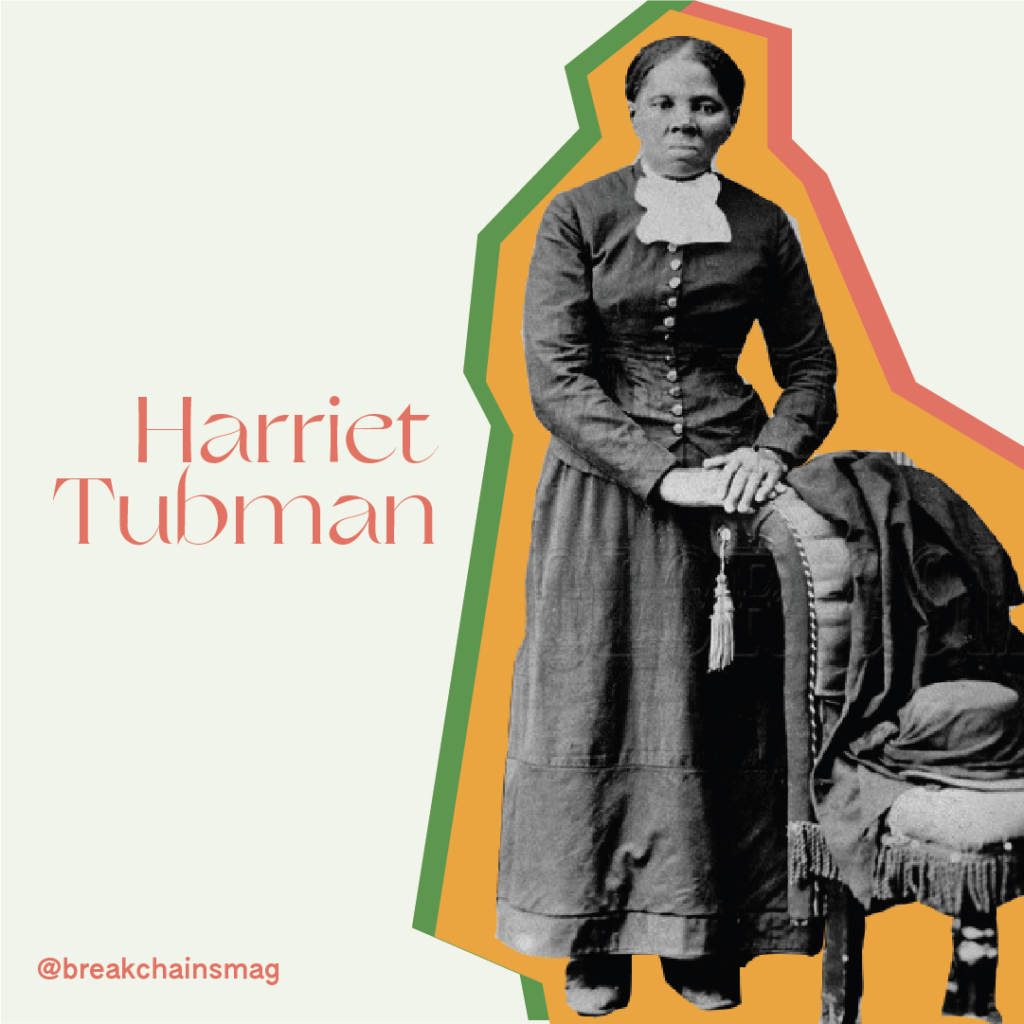
Unlocked Content
After her own escape to freedom, Harriet Tubman dedicated her life to the liberation of enslaved African Americans. Over the next ten years, she helped 300 people escape slavery through the Underground Railroad and never lost a single “passenger”. She was a woman of iron discipline – when someone decided to turn back, she would point her gun at them and say “You’ll be free or die.”
Access Full Biography
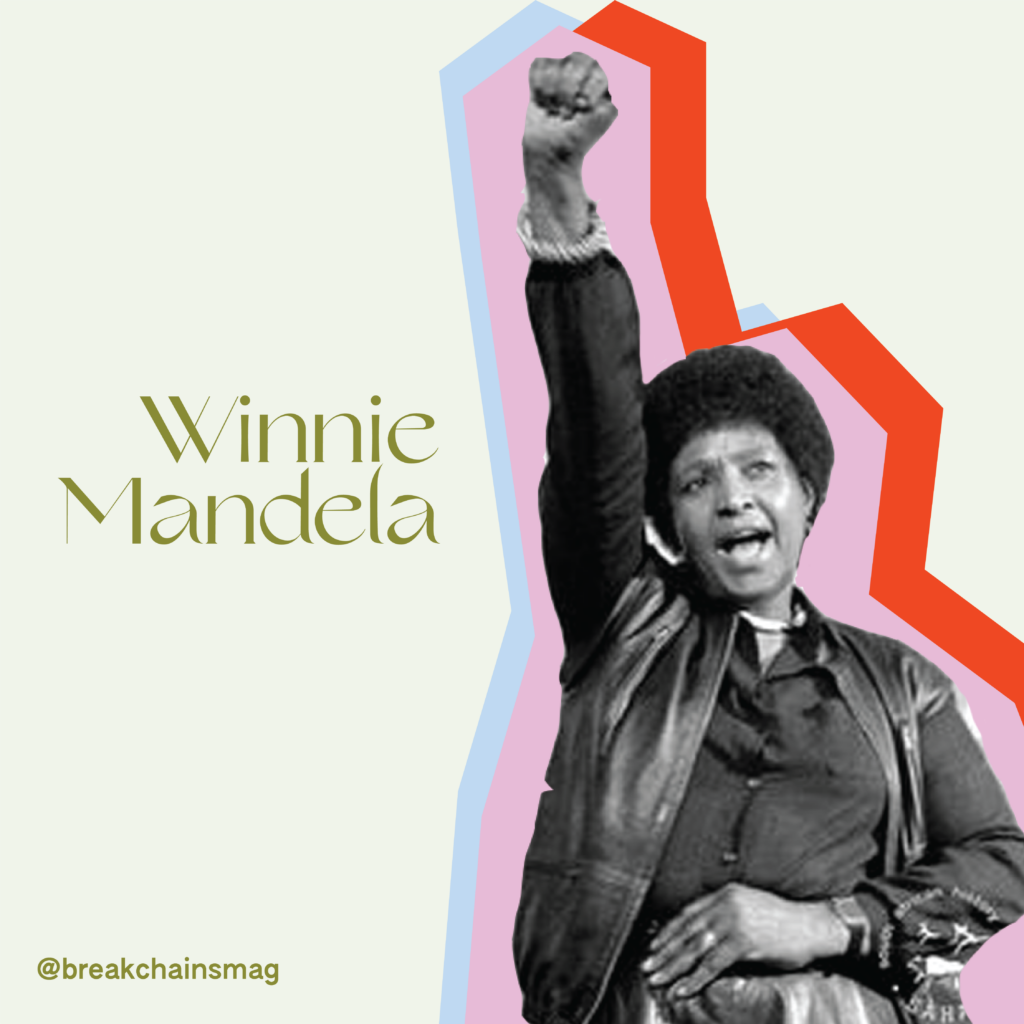
Unlocked Content
She described the untold violence of the South African apartheid regime in a memoir: “They honestly believed that it was impossible for a [B]lack woman to have this kind of stamina, to be this stubborn. Because they were meant to break us and they could not believe that anyone would resist them like that?… We were the cannon fodder, we were the foot soldiers, we were vulnerable, and we were exposed to the viciousness of apartheid.”
Access Full Biography
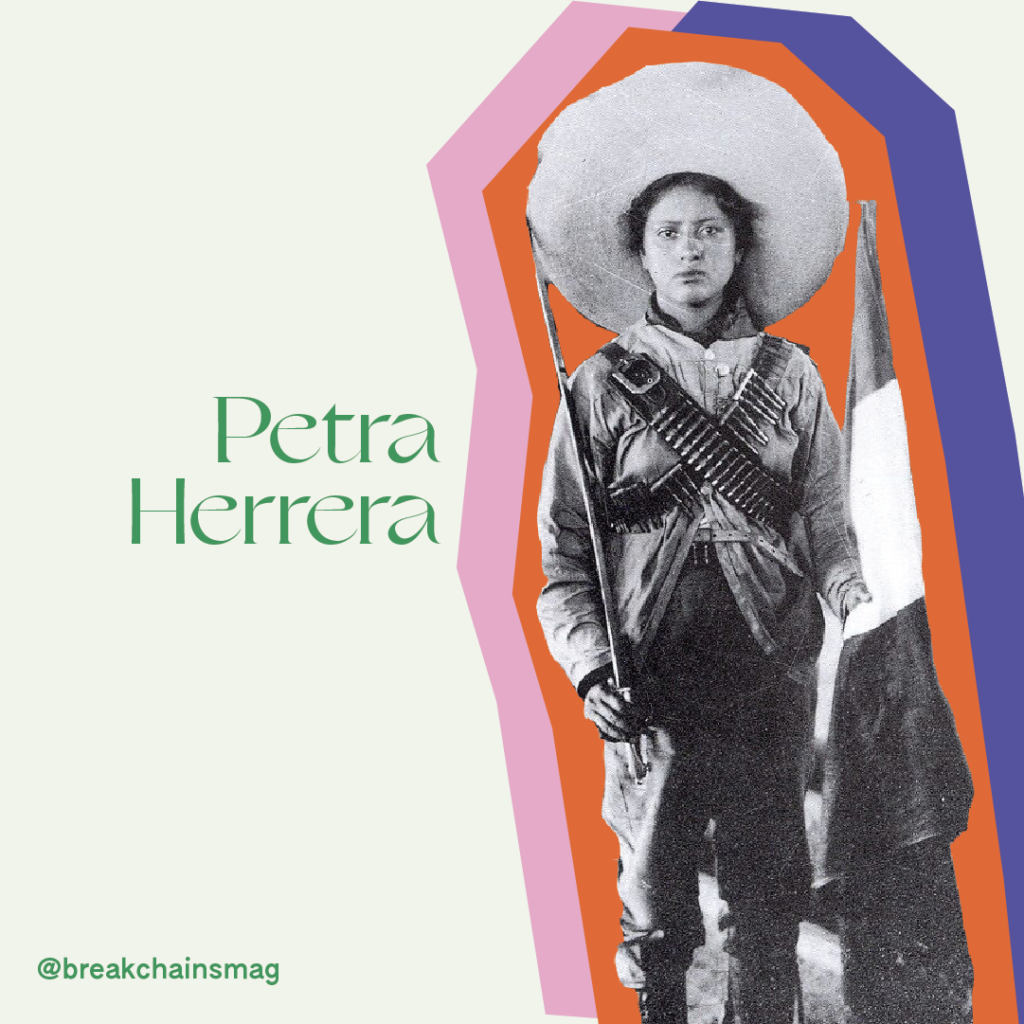
Unlocked Content
Petra Herrera was a woman who refused to let sexism define her revolutionary contribution and was determined to serve the advancement of her country. She recruited other women to join her in destroying the patriarchal expectations of the roles women played in the Mexican Revolution and defended their rights with both wily tactics and bullets. Her accomplishments have withstood the test of time, despite the attempts of men to erase her work from history.
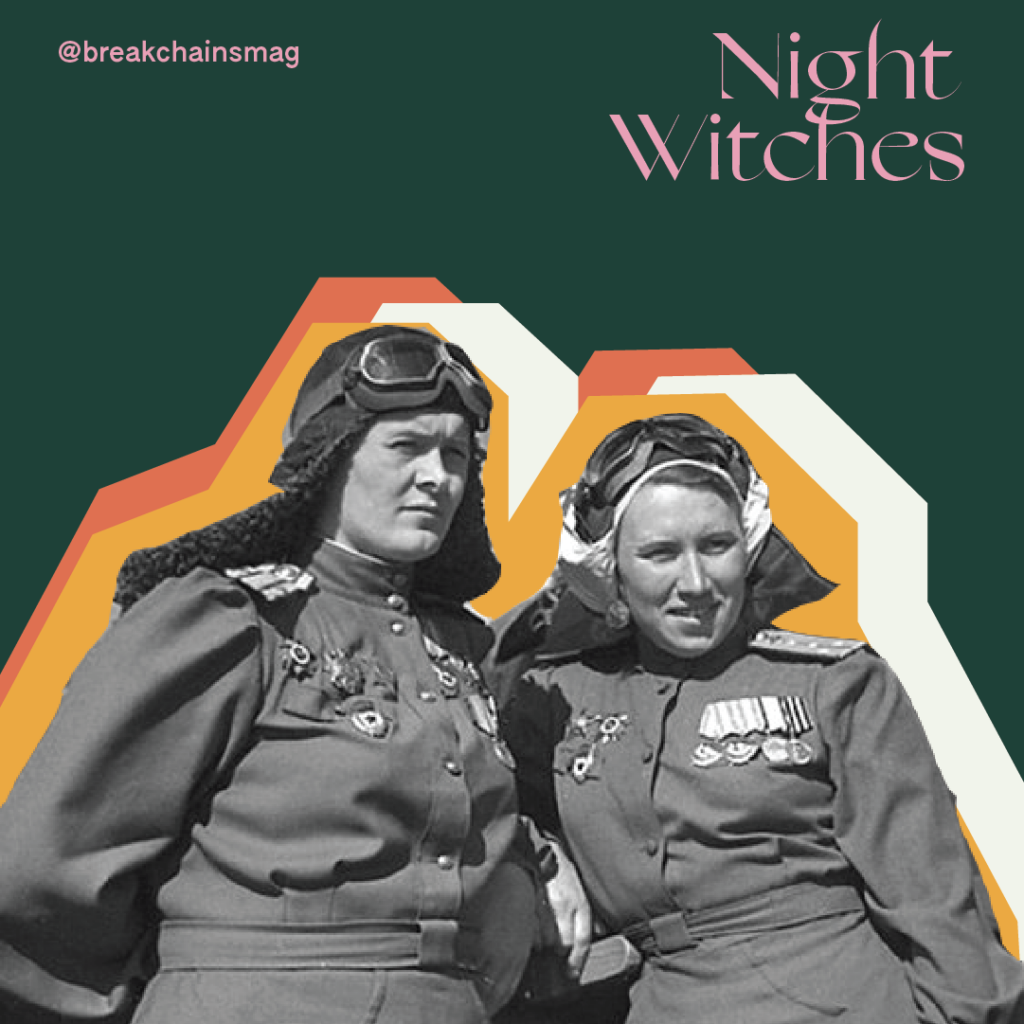
Unlocked Content
Through skill and grit, the women dodged enemy fire and rained terror upon Nazi forces, denying them any hope of a peaceful sleep. In total, the Night Witches damaged or destroyed 17 river crossings, nine railways, two railway stations, 26 warehouses, 12 fuel depots, 176 armored cars, 86 prepared firing positions, and 11 searchlights.
Access Full Biography
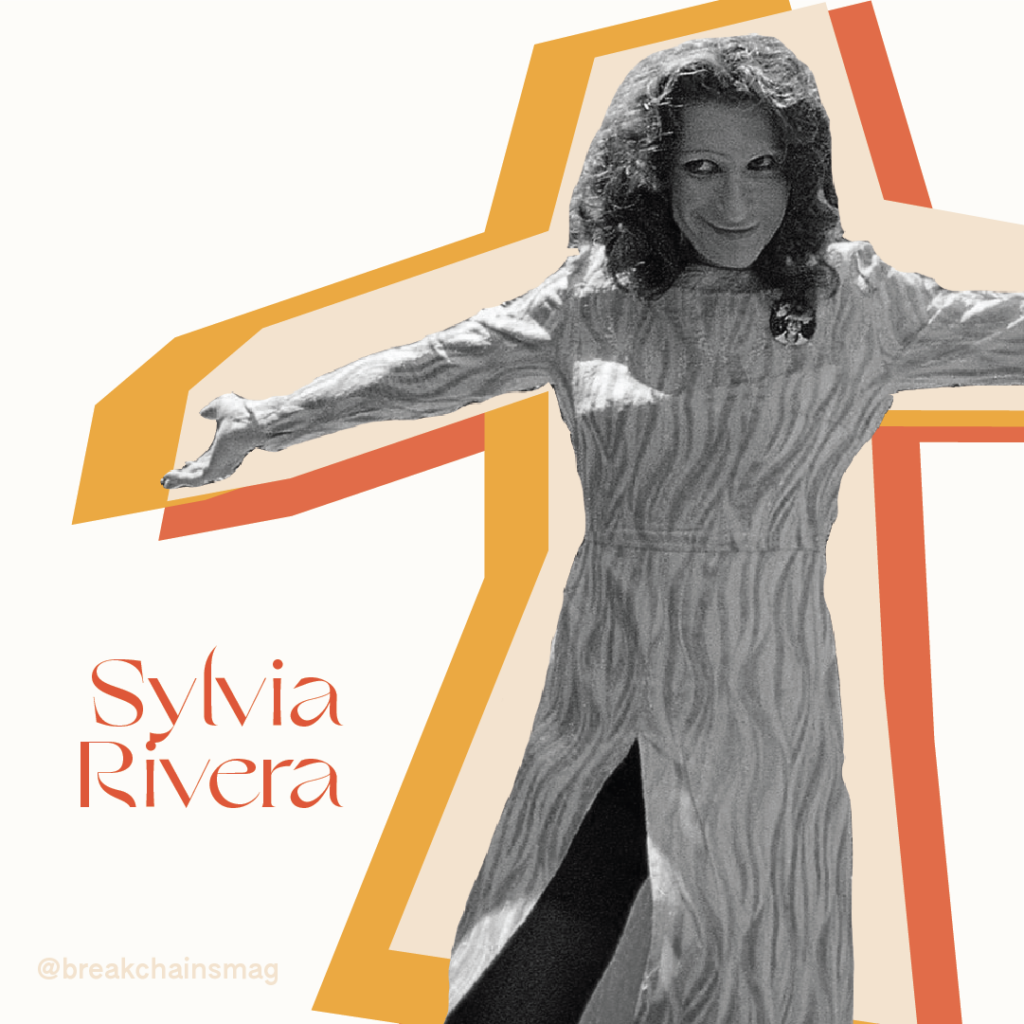
Unlocked Content
| Sylvia was an advocate for liberation for all. She saw how struggles for gay liberation intersected with the struggles for universal housing and criminal justice. Undeterred by the oppressive systems that faced her, she dedicated herself to the struggle wholeheartedly and had a radical vision of a liberated society. Access Full Biography |
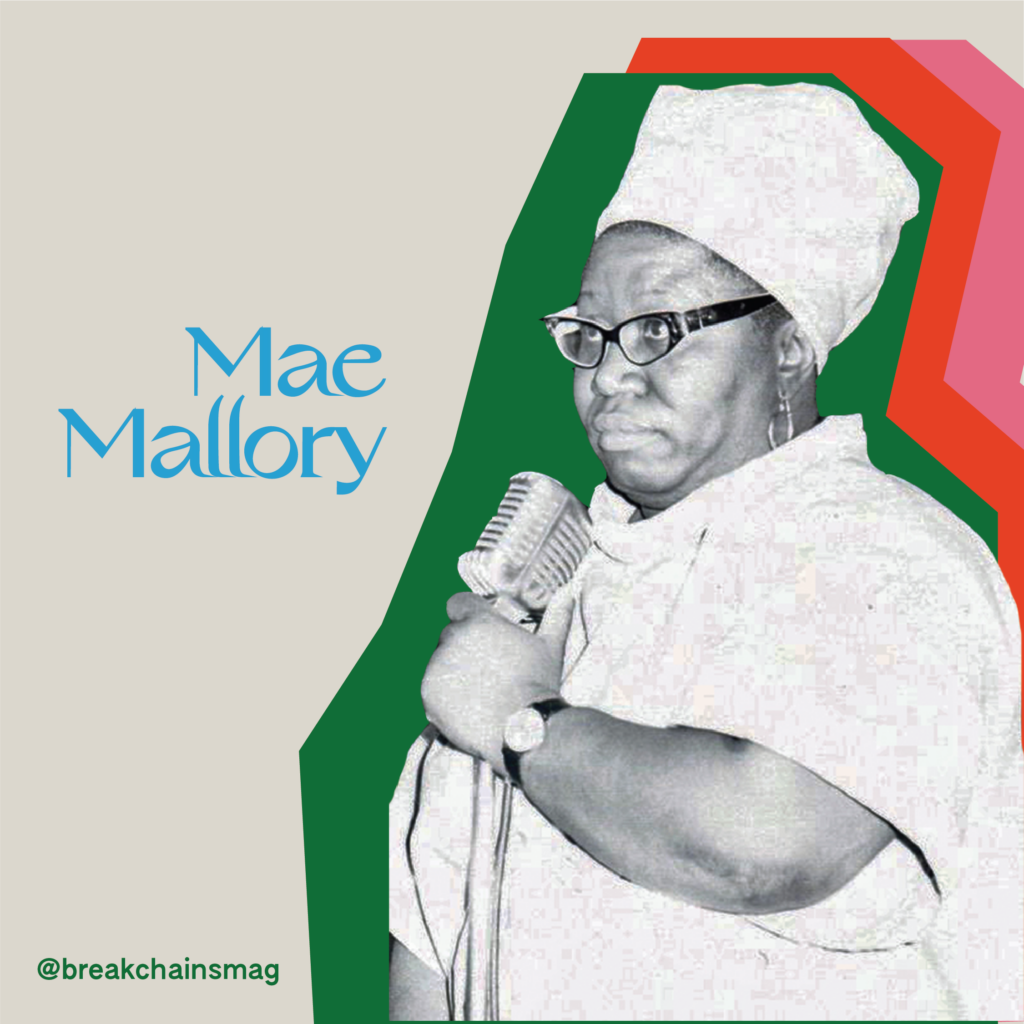
Unlocked Content
| When Mae Mallory pulled her children out of school, she and the other mothers of the Harlem 9 became shining examples of revolutionary love—fighting back against the system not for themselves, but for their children’s futures and the futures of all children marginalized in the New York City school system. They refused to comply with a system that discriminated against their children and themselves. Access Full Biography |
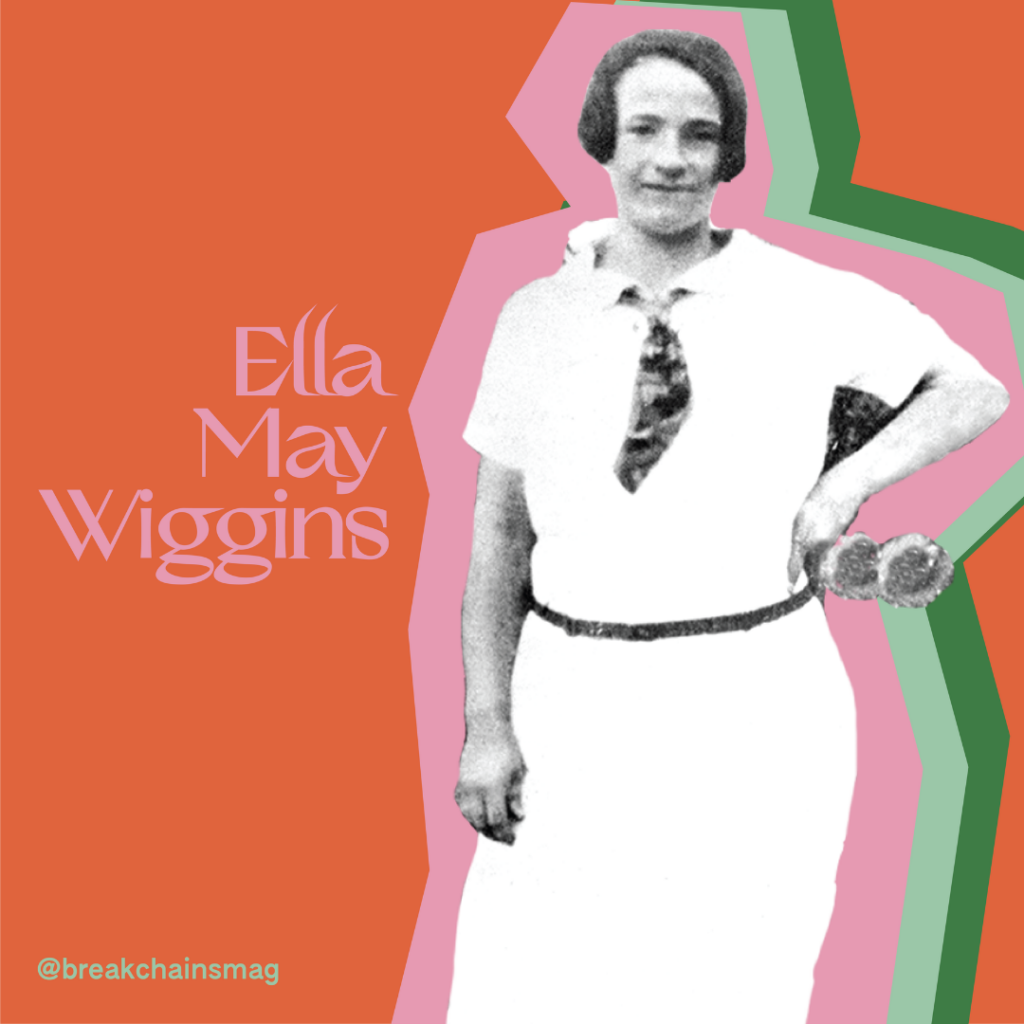
Unlocked Content
Though her life was cut short too early, Ella May Wiggins’ sense of struggle and contribution to the workers’ movement burned brightly. Perhaps one of the most widely circulated photos of Ella May Wiggins is the photo used for her obituary. She is smiling slightly in a white collared dress and a tie, with one hand on her hip. In that hand, she is holding a sunflower. She is a vision of confidence and determination, and her eyes look seasoned with struggle and loss.
Access Full Biography
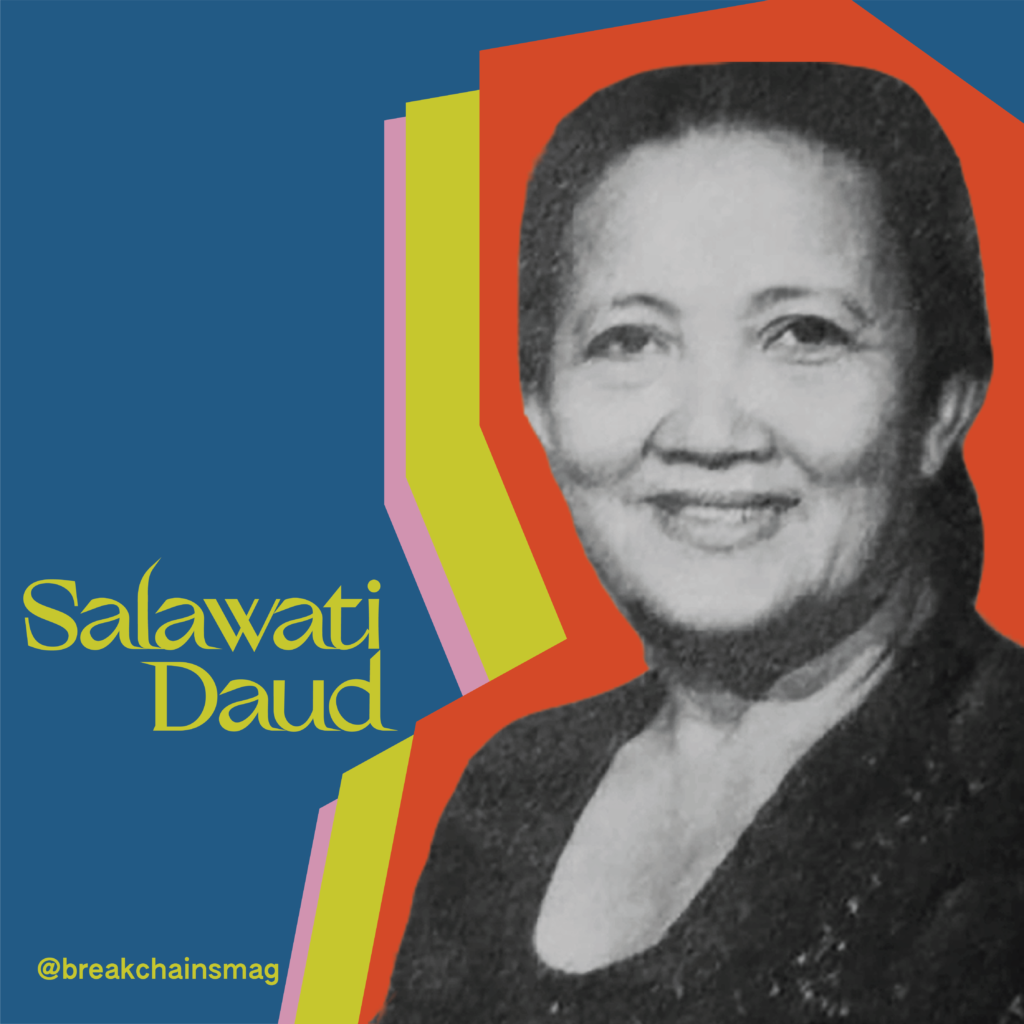
Unlocked Content
Sentiment for Indonesian independence began brewing when Japan occupied Indonesia during World War II and encouraged Indonesian nationalist sentiments. This support led to the creation of new Indonesian institutions (such as local neighborhood organizations) that strengthened a sense of nationalist pride and turned against Dutch occupation. It was in this time of growing Indonesian nationalism that Salawati Daud would find her own place in history.
Access Full Biography
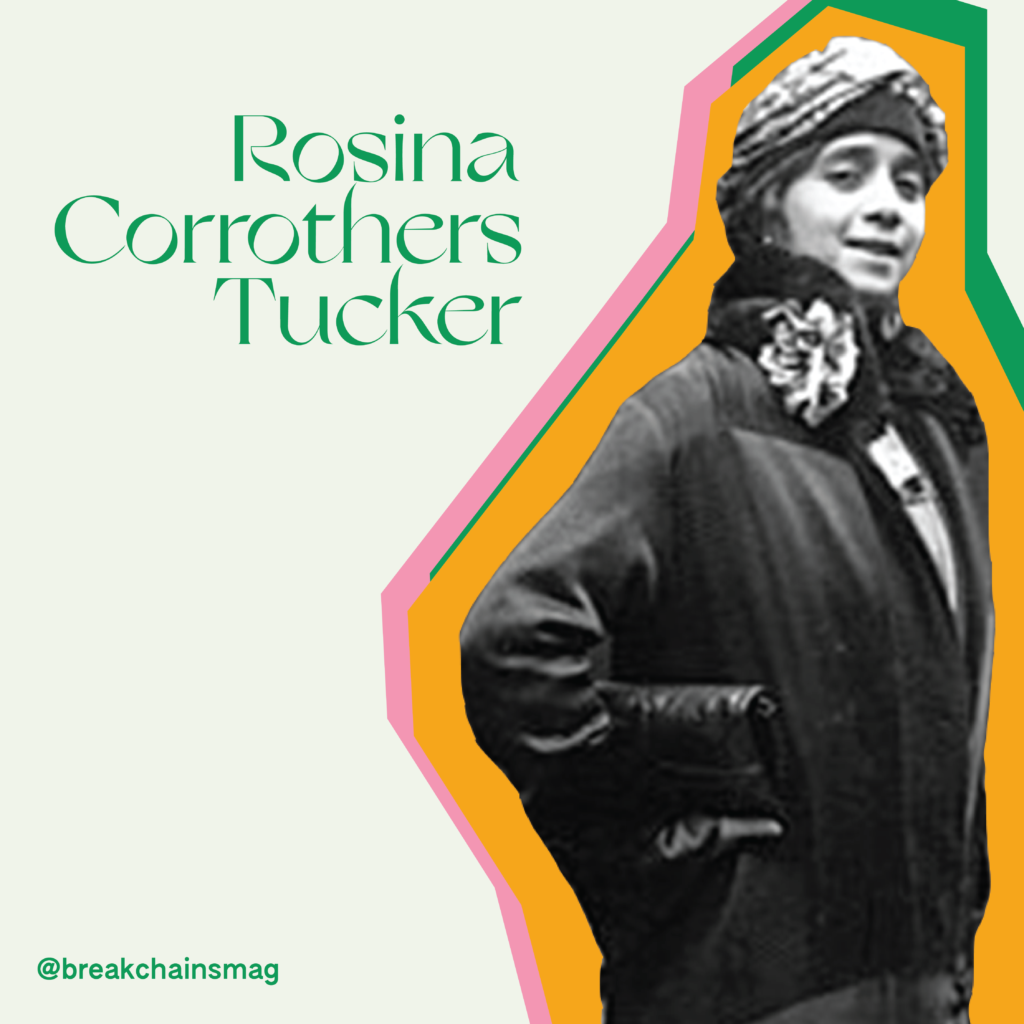
Unlocked Content
| “Today is my day, as it is your day. Although I live far removed from the time when I was born, I do not feel that my heart should dwell in the past. It is in the future. While I live, let not my life be in vain. And when I depart, may there be remembrance of me and my life as I have lived it.” -Rosina Corrothers Tucker Access Full Biography |
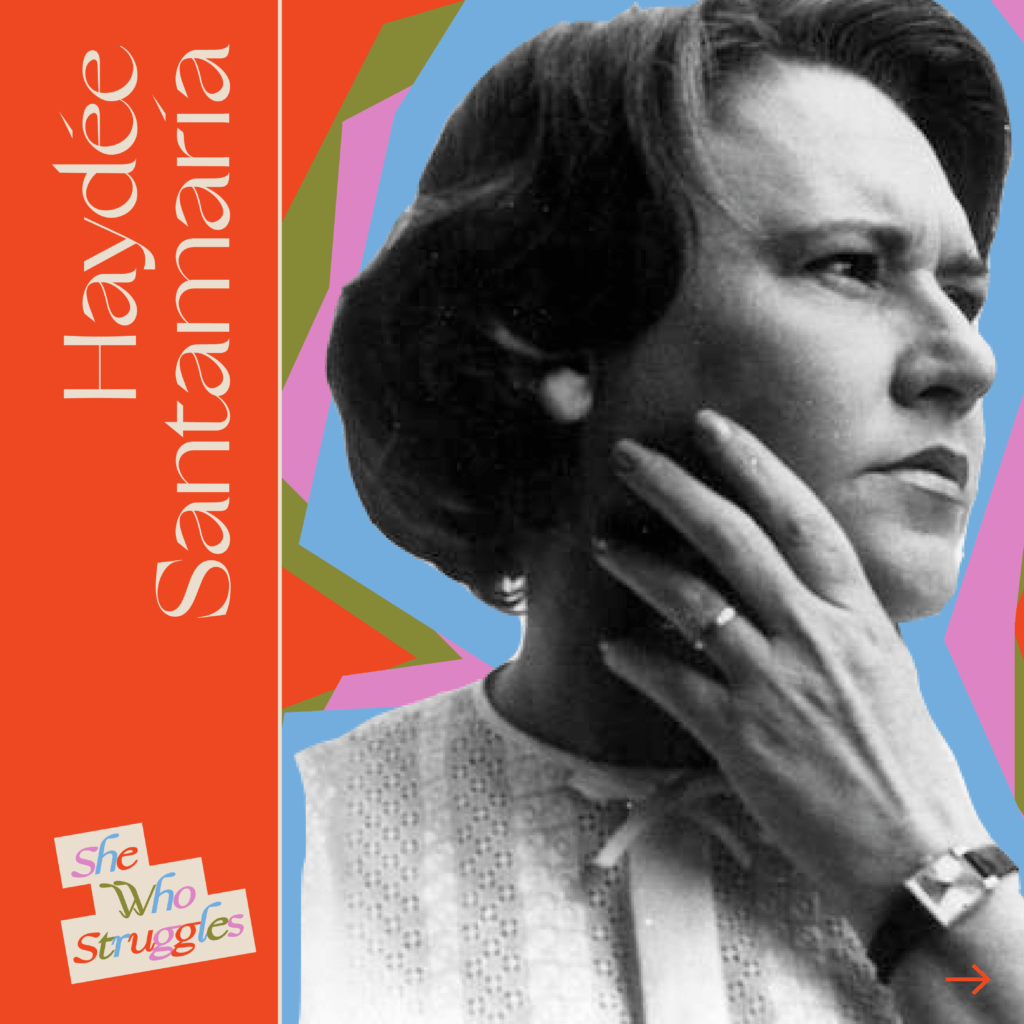
Unlocked Content
She once wrote, “Moncada achieves greatness through the courage of those who die and those who live. Moncada would have been nothing without the courage of those who died there and those who lived.” Haydee Santamaría’s life was the epitome of a courageous one. Even in the revolution’s darkest moments, even after losing those she held dear, she dared to fight for a better world.
Access Full Biography
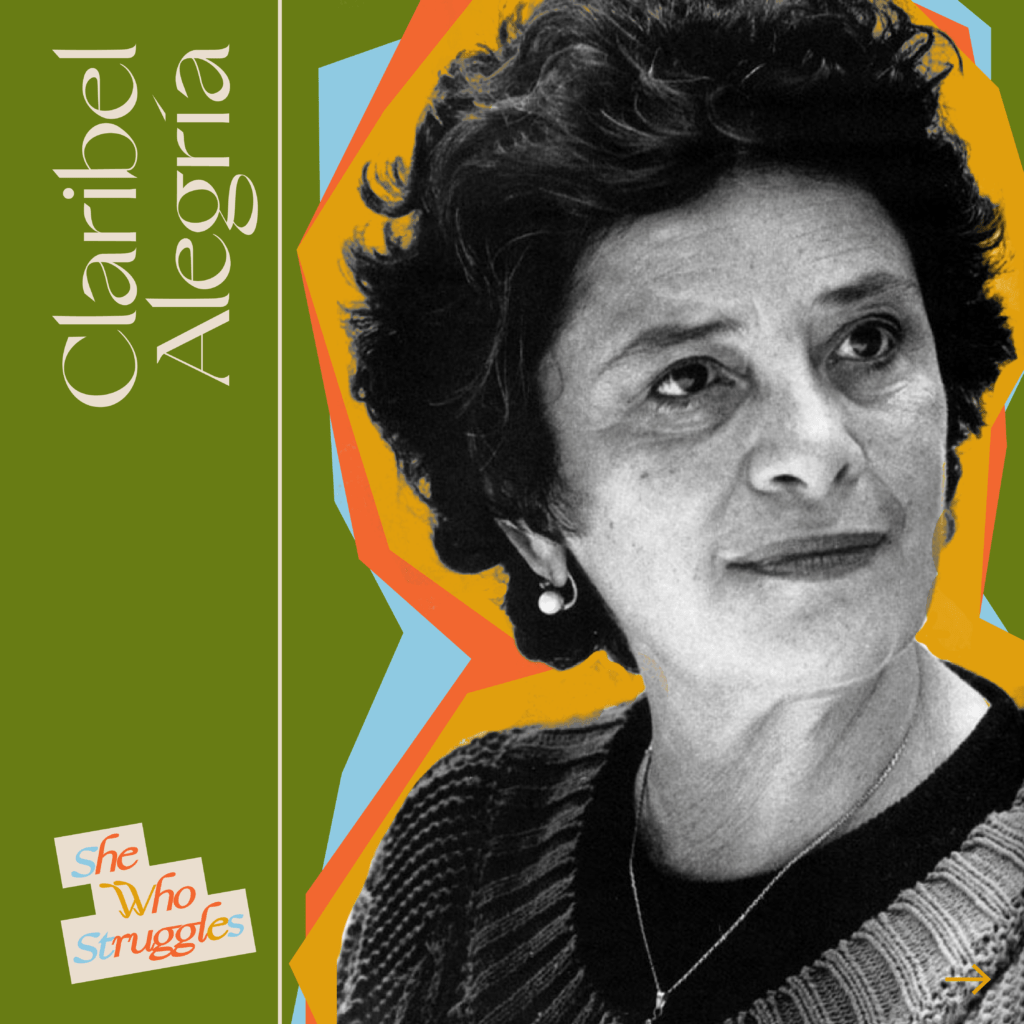
Unlocked Content
“I ran the tips of my fingers
over your skin
remembered the friends
whose quota was filled
and are on the other side:
the one who died
a natural death
the one who fell in combat
the one they tortured
in jail
who kicked aside his death”
–Claribel Alegría, Mortally Wounded, 1990
Access Full Biography
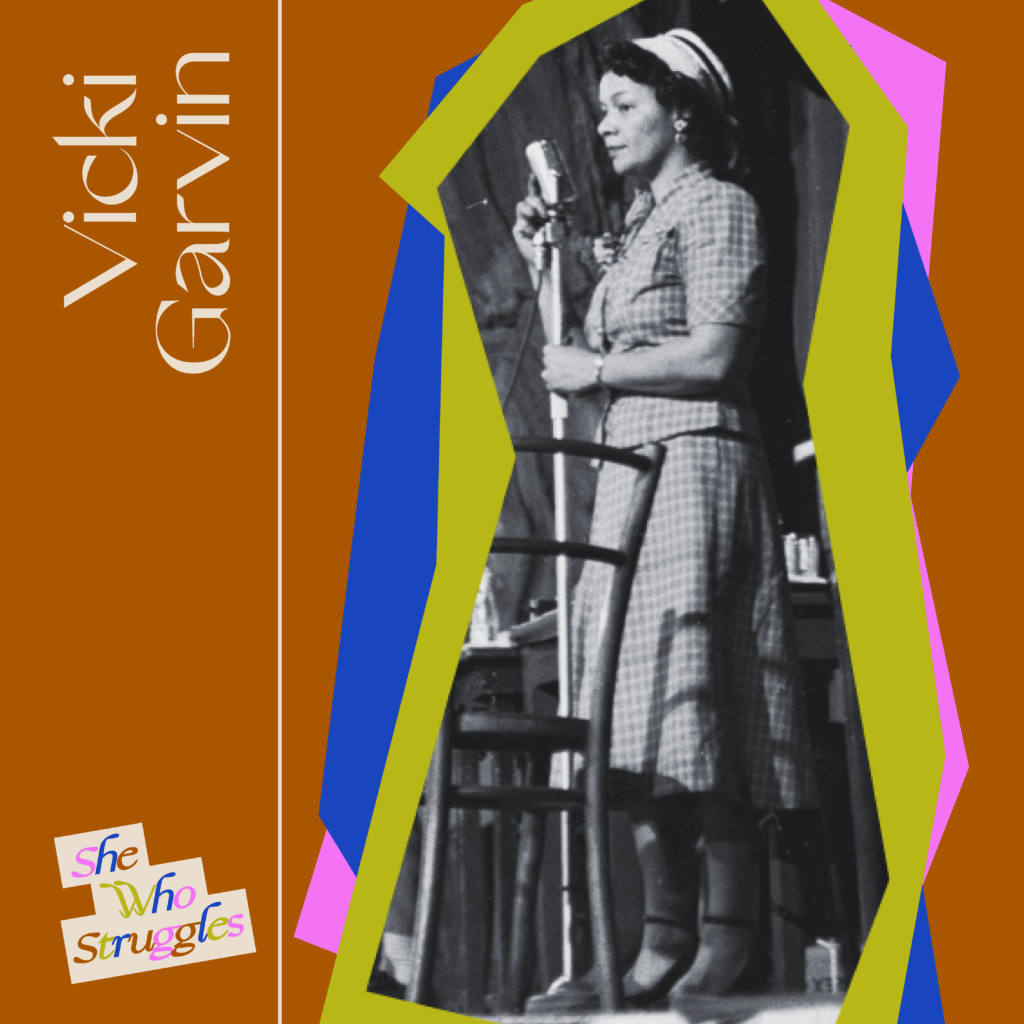
Unlocked Content
Vicki Garvin became a central figure of the New York Black left, both as a labor organizer and as an unapologetic critic of Cold War policies, defiant even in the face of McCarthyism. Garvin’s time as a trade unionist would come to a close during the CIO’s anti-communist purges in the late 1940s, although she did not go quietly. At her last CIO convention, Garvin delivered a speech excoriating CIO leadership for failing to militantly support the struggle for the rights of Black workers and for failing to organize in the South.
Access the Full Biography
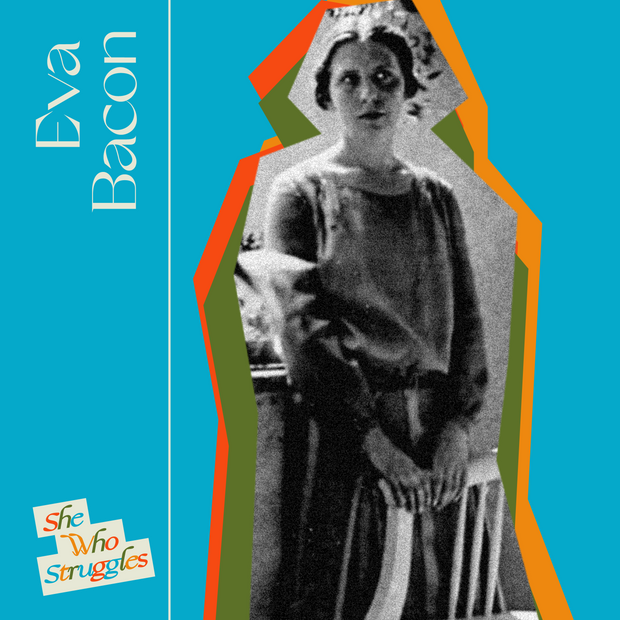
| Eva Bacon was most proud of reviving International Women’s Day celebrations in Australia. These celebrations and the speakers she invited helped women make sense of the sexism they were facing in the post-war period, and urged them to fight for their rights and a peaceful, socialist future. Access the Full Biography |
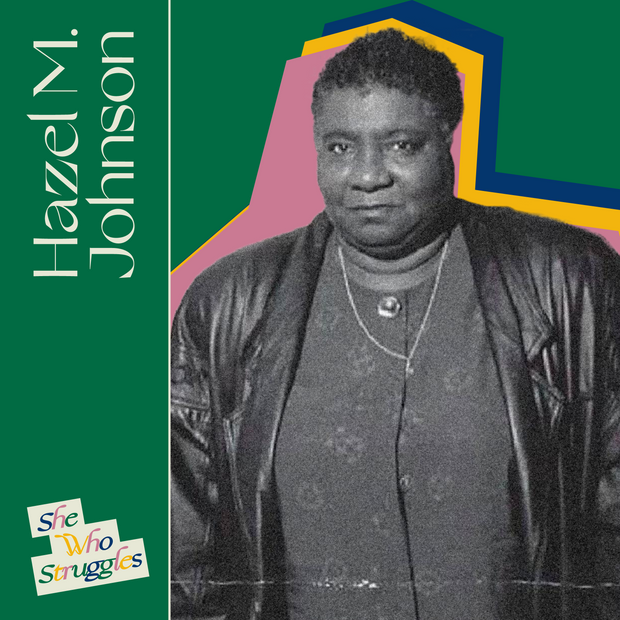
“Every day, I complain, protest and object. But it takes such vigilance and activism to keep legislators on their toes and government accountable to the people on environmental issues. I’ve been thrown in jail twice for getting in the way of big business. But I don’t regret anything I’ve ever done, and I don’t think I’ll ever stop as long as I’m breathing. … If we want a safe environment for our children and grandchildren, we must clean up our act, no matter how hard a task it might be.”
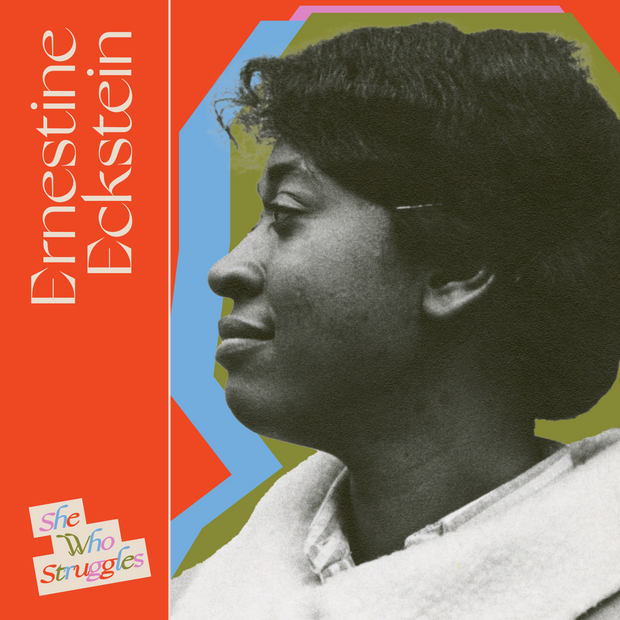
Eckstein worked diligently to draw more Black people to the gay rights movement because she believed that oppressed people should struggle together for equality. When asked about how to grow the gay rights movement, she answered, “I think that if we meet on the common ground of our unjust position in society, then we can all go from there. This is a new frame of reference, a new way of thinking almost, for some.” Ernestine understood that solidarity was necessary, not simply to grow the gay rights movement, but as an essential component of winning equality.
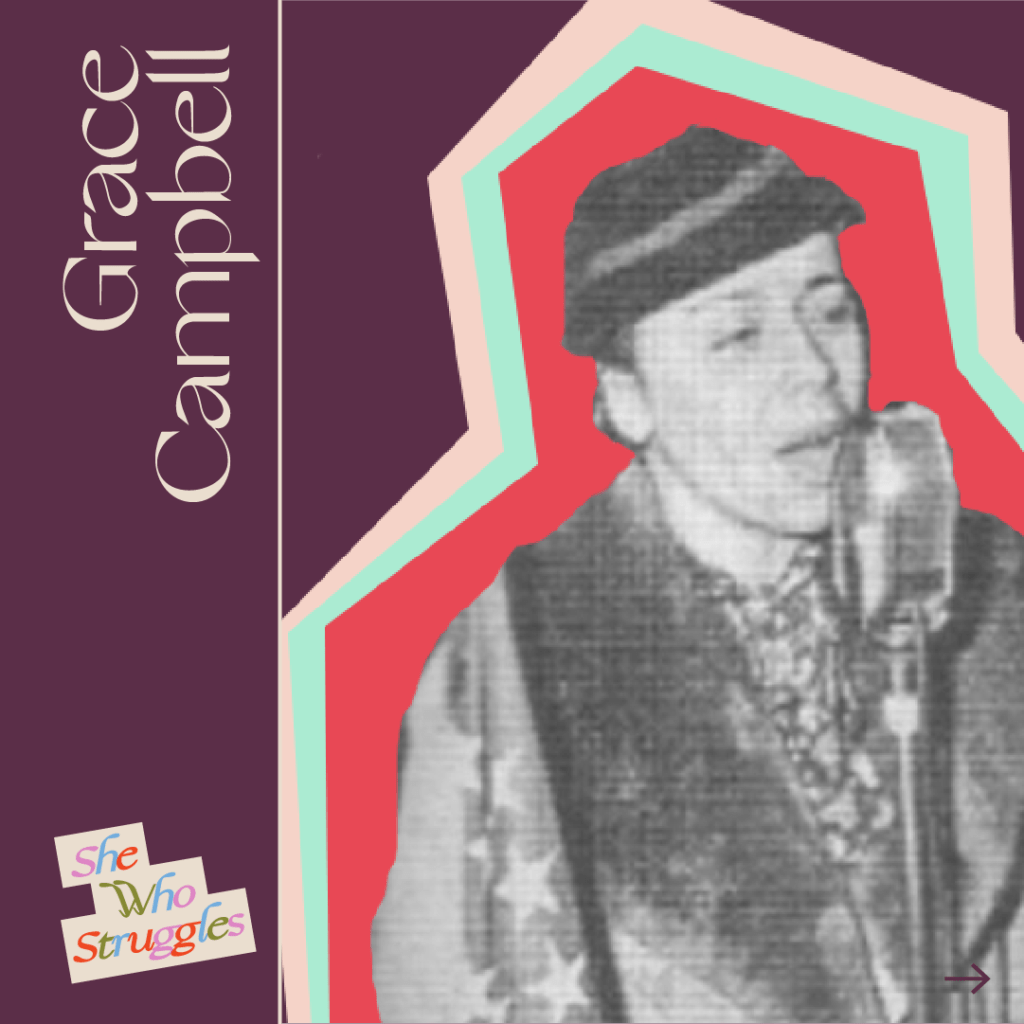
Campbell’s dedication to her community was all-encompassing, including her efforts to bring economic justice to her home of Harlem. Campbell was a strong supporter of co-operative stores run by working class Harlemites, seeing them as a way to not only gain access to goods but also to ensure collective, community ownership of those goods. Campbell served as the director of Consumer’s Co-operative and worked alongside activist and organizer Ella Baker in the Pure Food Co-operative.